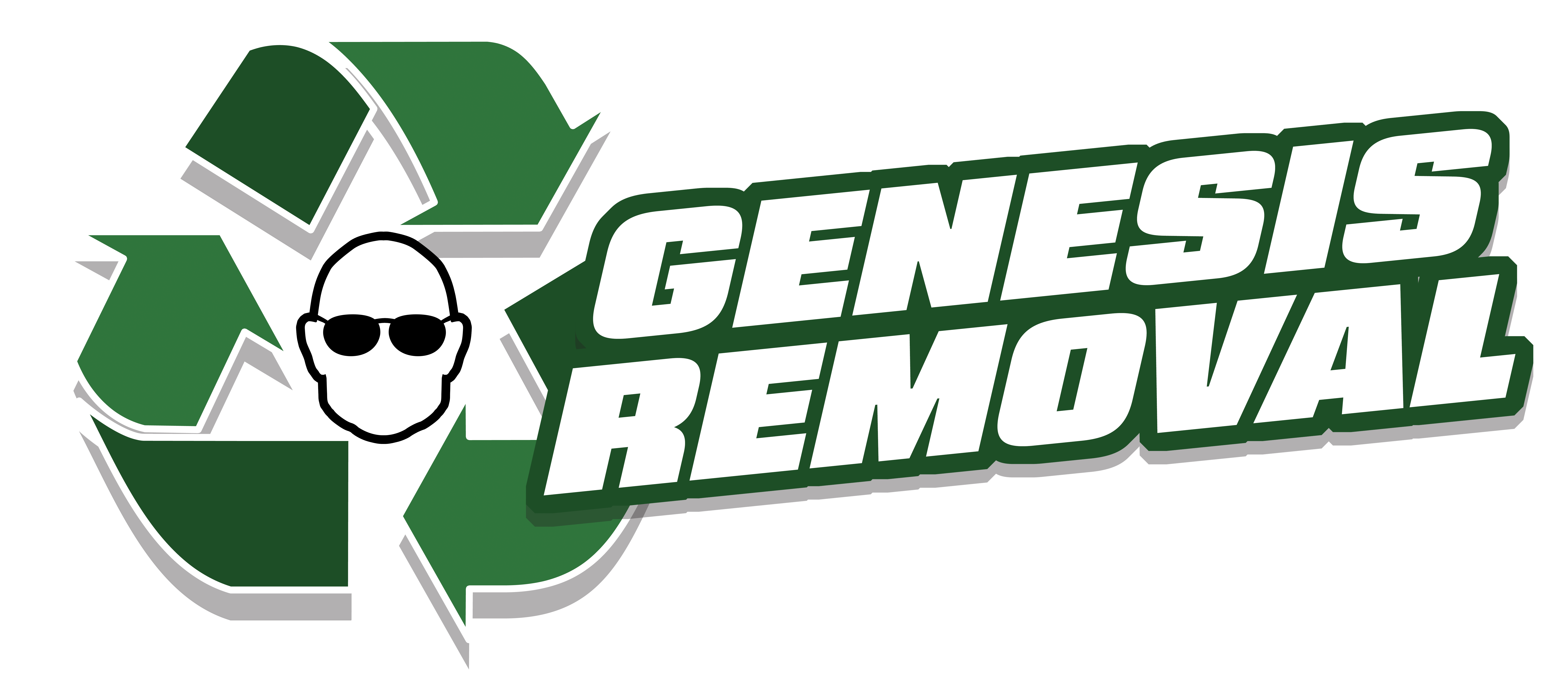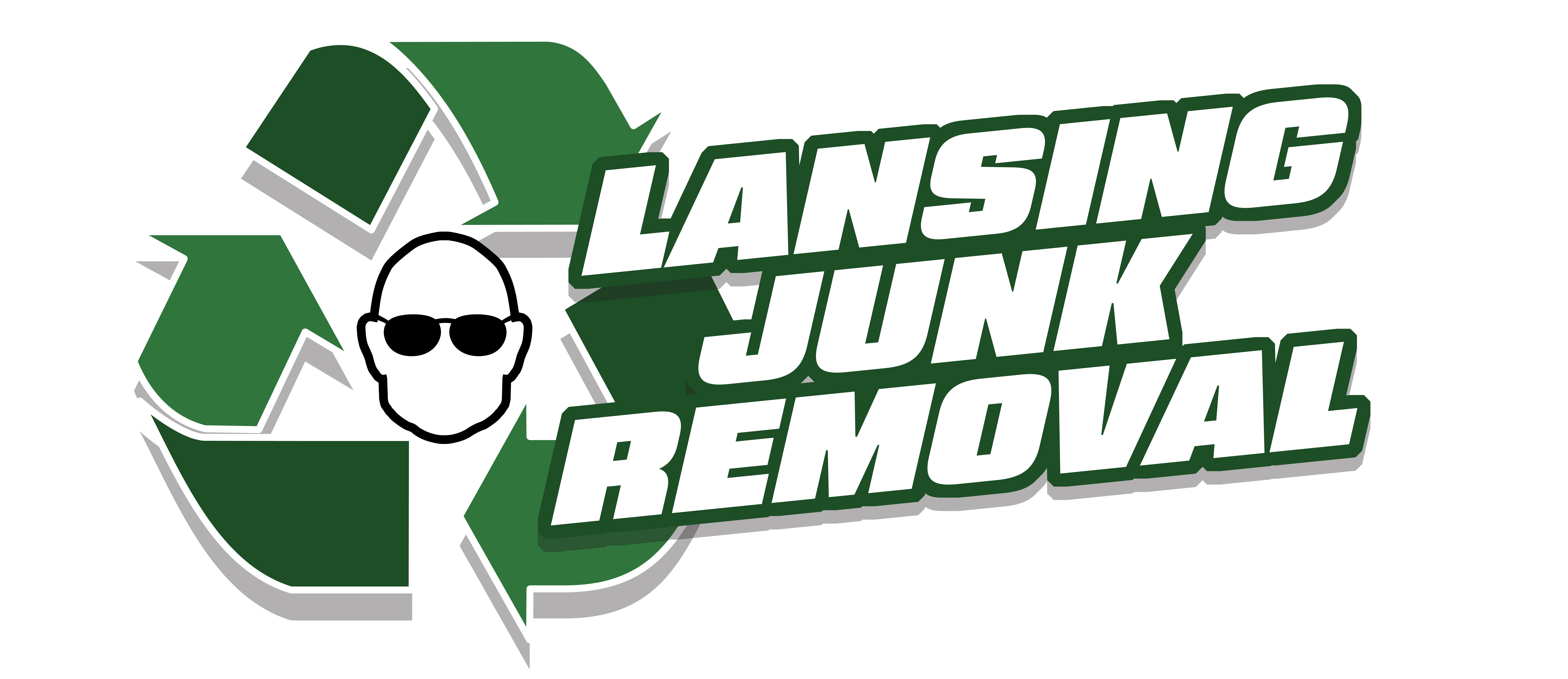Today’s ever-changing business world often pushes retail companies to downsize their operations. This scaling back can happen because of market shifts, money troubles, or new business plans. It’s a tough process, and dealing with the pile-up of junk and useless stuff is a big part of it. Getting rid of junk well during company downsizing doesn’t just make things go smoother – it also helps save money and boost efficiency during the change. Let’s look at some smart ways for retail businesses to handle this tricky situation.
Plan Ahead to Get Rid of Junk
Planning is crucial to remove junk well when downsizing. Begin by listing all items in your store. Group them by how useful they are, what shape they’re in, and if you can sell them. This helps you choose what to keep, sell, give away, or throw out. Set up a schedule to get rid of things that fits with your overall plan to downsize. When you plan ahead, you avoid rushing at the last minute and messing up how your business runs.
Choose Earth-Friendly Ways to Get Rid of Stuff
In today’s world where people care more about the environment, businesses need to focus on getting rid of junk in a way that doesn’t harm our planet. You might want to team up with recycling places in your area or companies that know how to handle different kinds of trash. A lot of stuff you find in stores, like computers, chairs, and boxes, can be recycled or used again. When you choose ways to throw things out that are good for the Earth, you do two things: you help the environment and you make people see your company as one that cares about doing the right thing.
Sell Smart to Make the Most Money
Before you get rid of stuff, try to make some money from your extra inventory and equipment. Have big sales or team up with companies that buy leftover stock to sell items that are still good. For special equipment or fixtures, reach out to other companies in your field who might want to buy them for less. You can also use online markets and auction websites to sell lots of things. Keep in mind, what you don’t want might be useful to someone else, which could help cover some of your downsizing costs.
Give Away Usable Items to Local Charities
Getting rid of stuff when a company downsizes doesn’t mean everything has to go to the dump. Many things your business no longer needs could help local charities or non-profits. Office chairs and desks, computers, and even products you couldn’t sell can often find new homes where people need them. This way of doing things cuts down on waste and lets your business support the community during tough times. What’s more, you might get tax breaks for donating, which helps your company’s bottom line while doing something good.
Hire Professional Junk Haulers
You might want to save money by getting rid of junk yourself, but hiring pros can often work out cheaper and better in the end. Junk removal experts have the know-how, tools, and people to get rid of lots of stuff and . They also know how to dispose of things properly, following local rules and being kind to the environment. When you’re picking a junk removal company, look for ones that have worked in stores and businesses before. They’ll be ready to handle the special problems that come with your downsizing project.
Use a Step-by-Step Plan to Remove Junk
Don’t try to get rid of all the junk at once. Instead, think about using a step-by-step plan. This way, you can clear out different parts of your store bit by bit, which won’t mess up your day-to-day business too much. Begin with areas that aren’t crucial and move towards the more important spaces. A step-by-step plan also gives you room to change your approach as you downsize making sure you don’t throw away stuff you might still need too .
Use Tech to Keep Track of Your Stock
Use inventory management software to make it easier to spot and group items you need to get rid of. These tools can help you keep tabs on different items, from ones you plan to sell or give away to those you’re going to throw out. By putting this process on a computer, you can work better with different people involved, like your employees, junk haulers, and folks who might buy or take your extra stuff.
Train and Involve Your Staff
Your staff can play a key role in getting rid of junk. Give them clear rules about what counts as junk and how to sort items. Get your team involved in making choices, as they often know which things are needed for everyday work. This team effort can also lift spirits during a tough time of cutting back. Think about rewarding employees to spot useless items or come up with clever ways to reuse or throw out junk.
Keep a Record of the Junk Removal Steps
Keep careful records of everything you take out when downsizing. These records help in many ways. They give you a clear paper trail for accounting and taxes, which matters a lot for things you donate or sell. They also let you see how well you’re doing at getting rid of junk and can guide you if you need to downsize more later. What’s more good record-keeping can show your stakeholders and regulators that your company is serious about getting rid of stuff the right way.
By sticking to these tips, stores can better handle the hassles of getting rid of junk when they downsize. Keep in mind, the aim isn’t just to free up room, but to do it in a way that’s productive, budget-friendly, and in line with what your company stands for and needs to do. With good planning and follow-through, clearing out junk can help your overall plan to slim down paving the way for a trimmer more flexible way of doing business.



